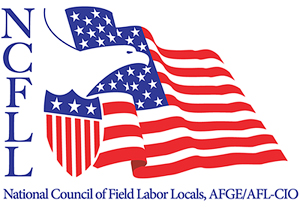|
NCFLL
|
|
|
| Member Resources |
|
|
Consolidation OSHA Cincinnati Technical Center (CTC) and Salt Lake Technical Center (SLTC), into a single OSHA Technical Center (OTC)
MOU OSHA Whistleblower Redistribution 9-9-2024
MOU OASAM DLMS 6-100 EEO and DLMS 6-200 RA Final
Wage and Hour MOU--Smartphones and printers
Wage and Hour MOU--Nationwide phone system



